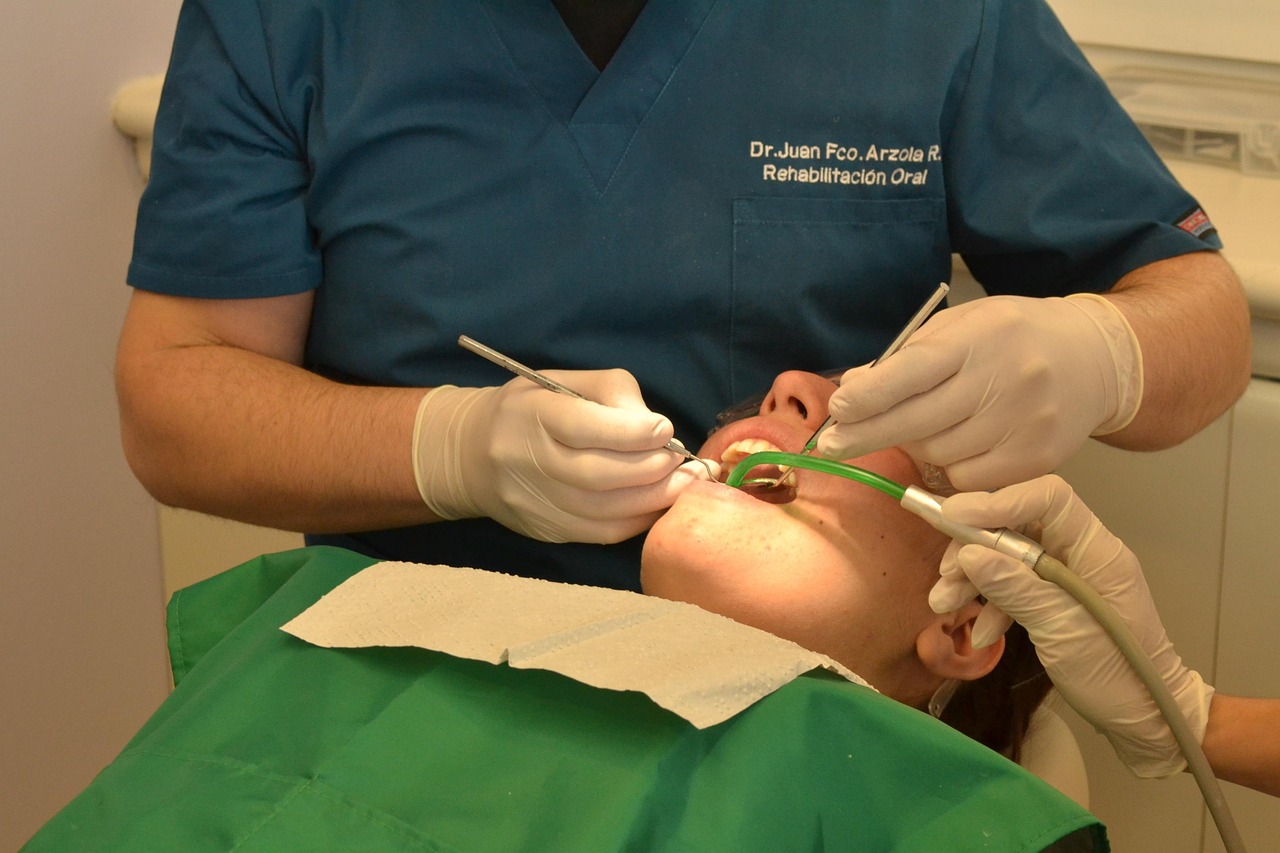TL;DR
- Cover sharp wire ends with orthodontic wax; never cut with household tools if avoidable
- If a bracket is loose, stabilize it with wax and avoid hard/sticky foods
- Use clean tweezers to gently redirect a protruding wire into position if safe
- Book urgent care if you have pain, cuts, or can’t control the wire
Braces sometimes break between checkups—wires can poke, and brackets can loosen. Most of the time, you can reduce discomfort with simple, safe steps until you get professional help.
1. Identify the Problem
- Poking wire: The end of a wire is irritating your cheek or gum.
- Loose bracket: The bracket has detached from the tooth but may still be attached to the wire.
- Dislodged ligature: The tiny elastic or wire tie holding the wire to a bracket has come off.
2. Quick Comfort Fixes
- Orthodontic wax: Dry the area and apply a pea‑sized ball of wax over sharp points.
- Redirect a wire (if safe): With clean tweezers, gently guide a protruding wire back toward the bracket or along the wire path.
- Trim only if absolutely necessary: If the wire is causing injury and cannot be redirected, you can carefully trim the end with small, disinfected cuticle nippers. This is a last resort—avoid cutting near soft tissue and keep all cut pieces out of the mouth.
3. What to Avoid
- Don’t use superglue on brackets.
- Don’t force a bracket back onto the tooth.
- Avoid hard, sticky foods (nuts, caramels, gum) that can worsen damage.
4. Pain and Irritation Relief
- Rinse with warm saltwater.
- Consider OTC pain relievers as directed.
- Keep wax in place until you can be seen.
5. When to Seek Urgent Care
- Cuts or sores that keep reopening from a wire.
- A wire that you cannot redirect or safely trim and is causing ongoing injury.
- A loose bracket near the back (risk of swallowing) or multiple loose components.
6. Professional Treatment
An emergency visit can:
- Clip or replace wires
- Re‑bond loose brackets
- Replace ligatures and assess overall progress
Conclusion
Most orthodontic emergencies aren’t dangerous, but they are uncomfortable. Use wax, gentle wire positioning, and soft foods to get by—and arrange a prompt appointment to avoid delays in your treatment.
